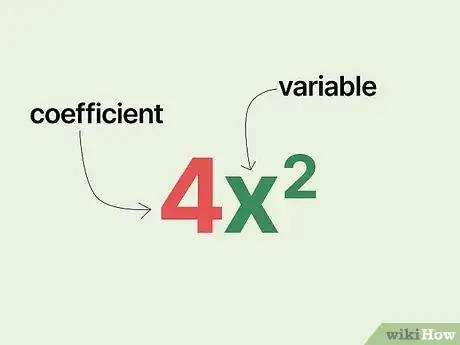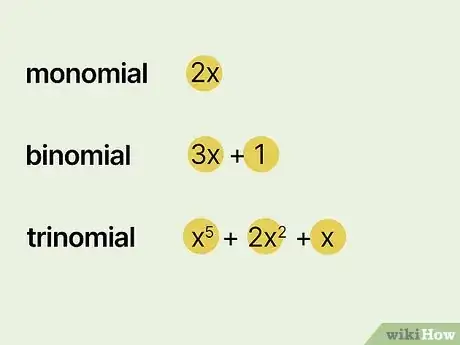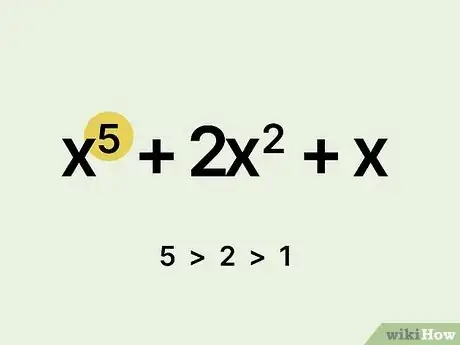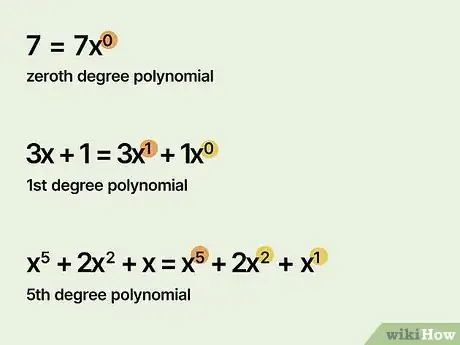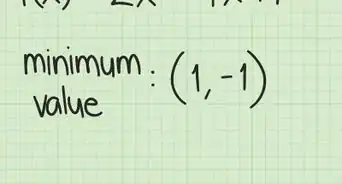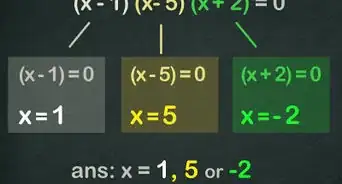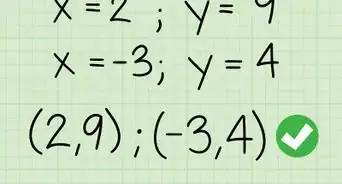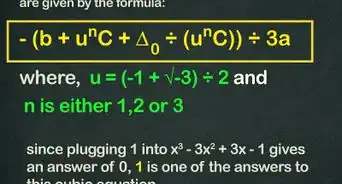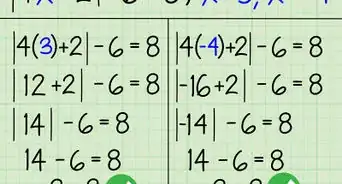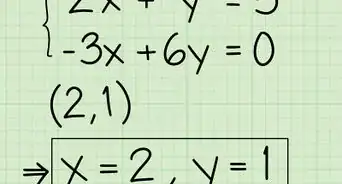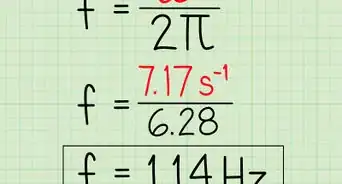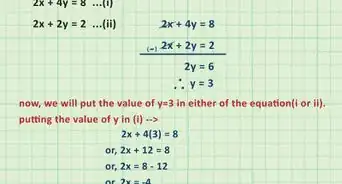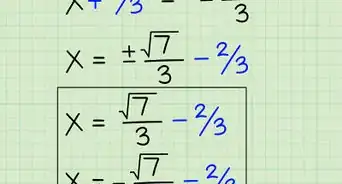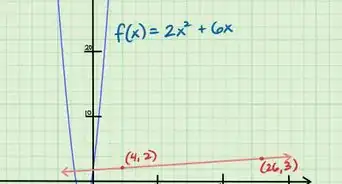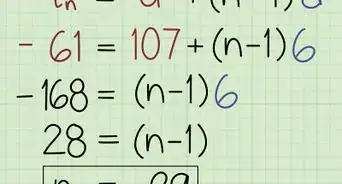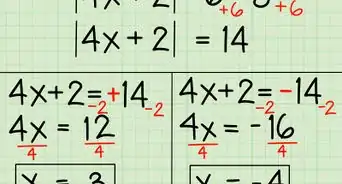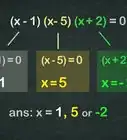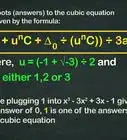Identify polynomials by number of terms
This article was co-authored by wikiHow staff writer, Kyle Smith. Kyle Smith is a wikiHow Technology Writer, learning and sharing information about the latest technology. He has presented his research at multiple engineering conferences and is the writer and editor of hundreds of online electronics repair guides. Kyle received a BS in Industrial Engineering from Cal Poly, San Luis Obispo.
This article has been viewed 1,614 times.
Learn more...
Trying to classify a polynomial for Algebra homework? You’re in the right place! A polynomial is a math expression that adds terms with one or more variables and coefficients. Polynomials can be classified by the number of terms or the degree. This wikiHow guide shows you how to classify polynomials.
Things You Should Know
- A term is a coefficient, variable, or both.
- Monomials have 1 term. Binomials have 2 terms. Trinomials have 3 terms.
- Classify by degree by identifying the highest exponent in the polynomial.
Steps
Classify by Terms
-
1Identify the number of terms. A term consists of a coefficient, variable, or both. For example, you could have , , or . You can use the number of terms to determine the type of polynomial you’re dealing with.
- Monomials have 1 term.
- Binomials have 2 terms.
- Trinomials have 3 terms.
- Polynomials with more than 3 terms are usually just identified by their degree.
- The variables should have non-negative integer exponents.
-
2Check out these examples.
- is a monomial.
- is also a monomial, since it can be written as
- is a binomial.
- is a trinomial.
Classify by Degree
-
1Identify the degree. The degree of a polynomial is the largest exponent present in a term.
- The standard form is when a polynomial’s terms are arranged in descending order of exponent size.
- For factoring info, check out our guide on factoring a cubic polynomial.
-
2See these examples from the last method:
- is a 1st degree polynomial.
- is a zeroth degree polynomial, since it can be written as .
- is a 1st degree polynomial.
- is a 5th degree polynomial.
